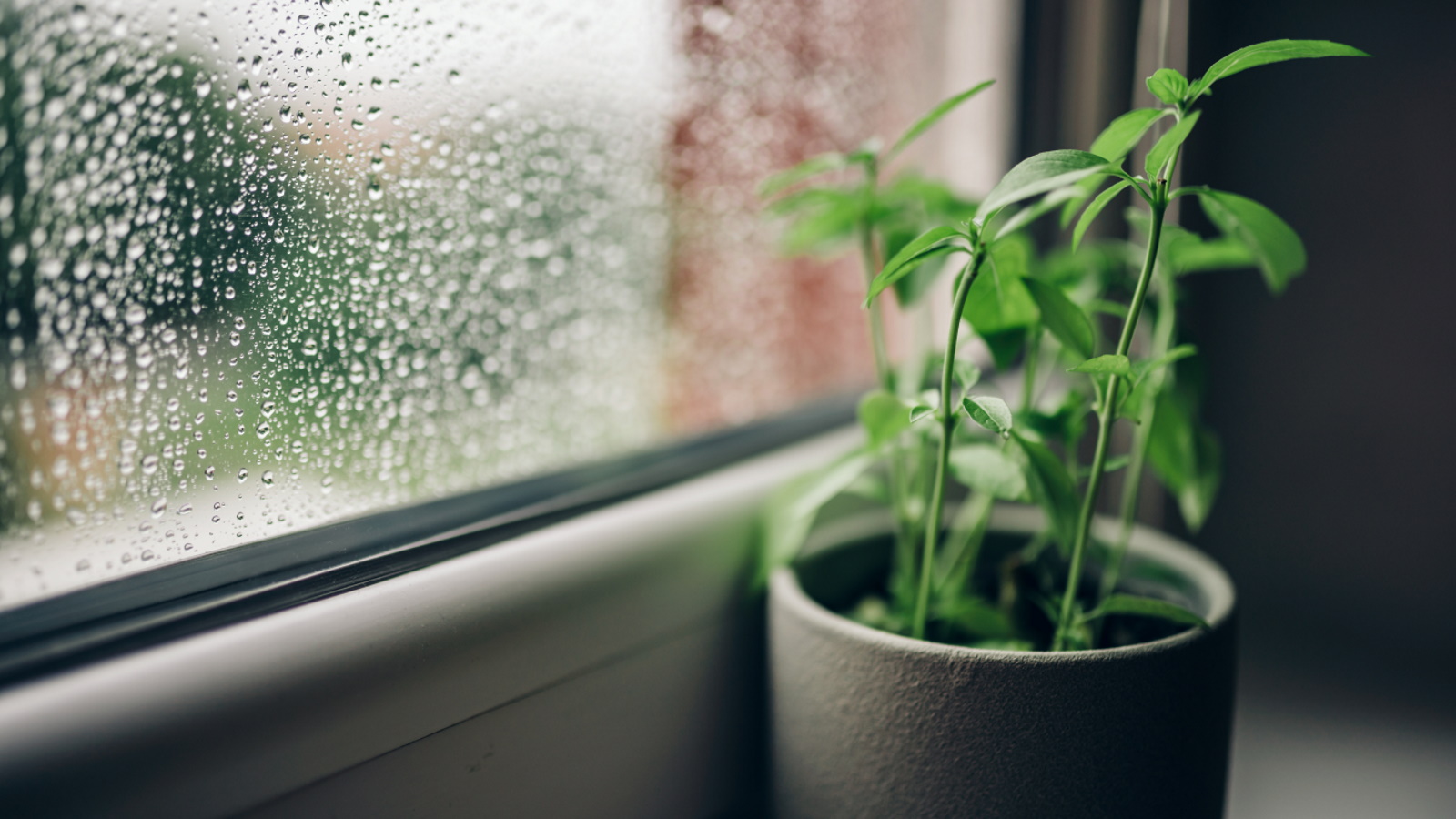
It's not an uncommon sight to see indoor plants suffering in colder seasons if they aren't given proper winter houseplant care. You might notice yellow and drooping foliage, wilting and a lack of growth if the plant has gone into cold shock.
Even if you take care to overwinter plants indoors, lower room temperatures and cold drafts can still have an impact on them and leave them looking worse for wear.
But there's no need to lose all hope as it is possible to nurture cold plants back to a happier state. We've spoken to indoor plant experts to find out what cold damage looks like and how you can revive your houseplants back to good health.
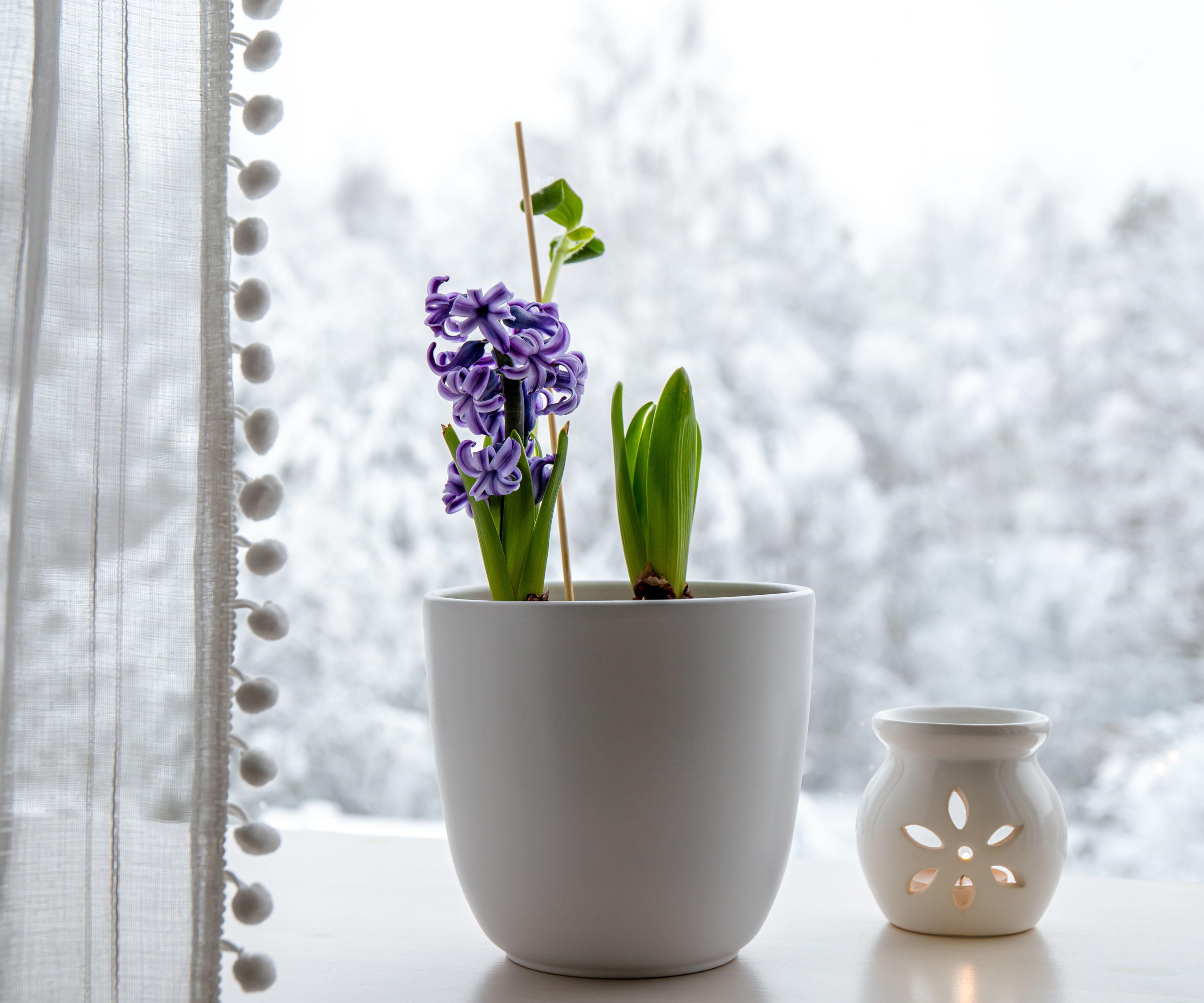
What does houseplant cold damage look like?
Houseplants are experts at telling you when something isn't right. You'll notice a change to their foliage if they're being watered incorrectly, such as monstera leaves turning yellow or an alocasia drooping, and likewise they will look less bright if they have had the wrong light. The same applies to cold damage during winter.
'Cold damage can be expressed in several ways from wilting and necrotic tissue (lesions) following acute low-temperature exposure, to chlorosis (yellowing) or browning of the foliage in response to more chronic exposures over time,' says Dr Mike Arnold, professor of landscape and horticulture at the Texas A&M Department of Horticultural Sciences.
'Susceptible species may have immediate wilt or a water-soaked look to the foliage and stems very quickly, while others may appear as if they have nutritional deficiencies,' he adds.
Damage to houseplants from cold temperatures can happen in a number of ways. It may be due to lower room temperature but it can also depend on where a plant is placed during winter.
'Indoor plants will show damage on leaves that are touching something that is too cold. For example, leaves that are touching a cold window, or are in the direct line of an outdoor air draft,' says Cate Kowalsky, marketing manager at Pafe Plants.
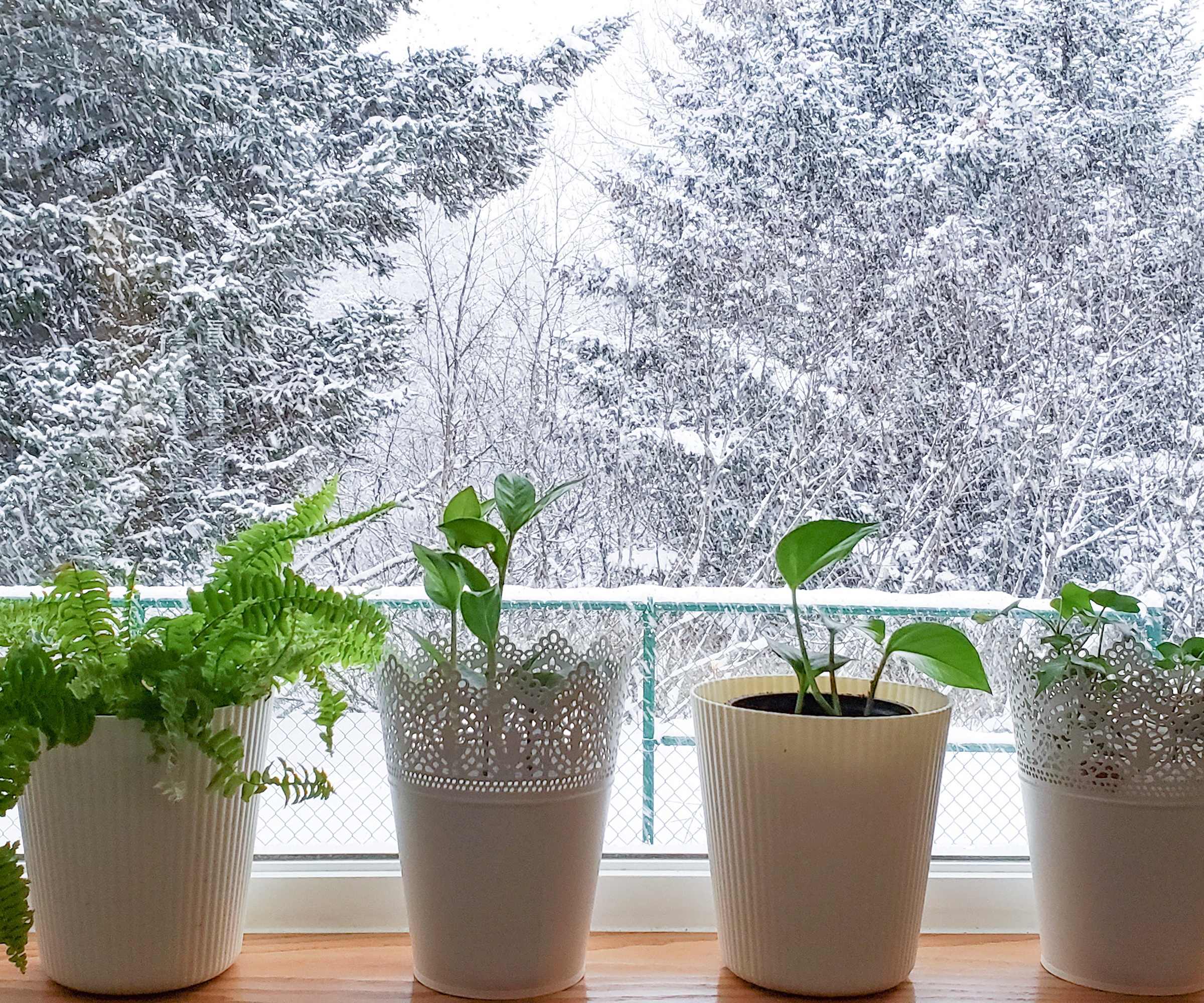
How to revive a cold damaged houseplant
While it can be a worrying sight to see your beloved indoor plants suffering from the cold, there are a handful of things you can do to give them some extra TLC and nurture them back to health.
Move it somewhere warmer

If your plant is showing signs of being cold in its current spot, the first thing you need to do is move it somewhere warmer. Be careful not to place it next to radiators or heaters as this could have an opposite effect and crisp foliage.
'Be sure to move your plants away from any thin or older windows, those are less insulated and are more likely to allow the cold air to pass through them. If you like to have some windows open, make sure your plants are far enough away where they won't be hit by the cold air draft,' says Cate.
'Same idea for doors and entryways - if your plants are constantly getting hit by drafts of cold air, they're likely to throw some kind of tantrum in the form of browned or wilting leaves,' she adds.
You might also choose to use a plant lamp to help keep your plant warm and encourage growth, like this grow lamp from Amazon.
Remove cold-damaged foliage
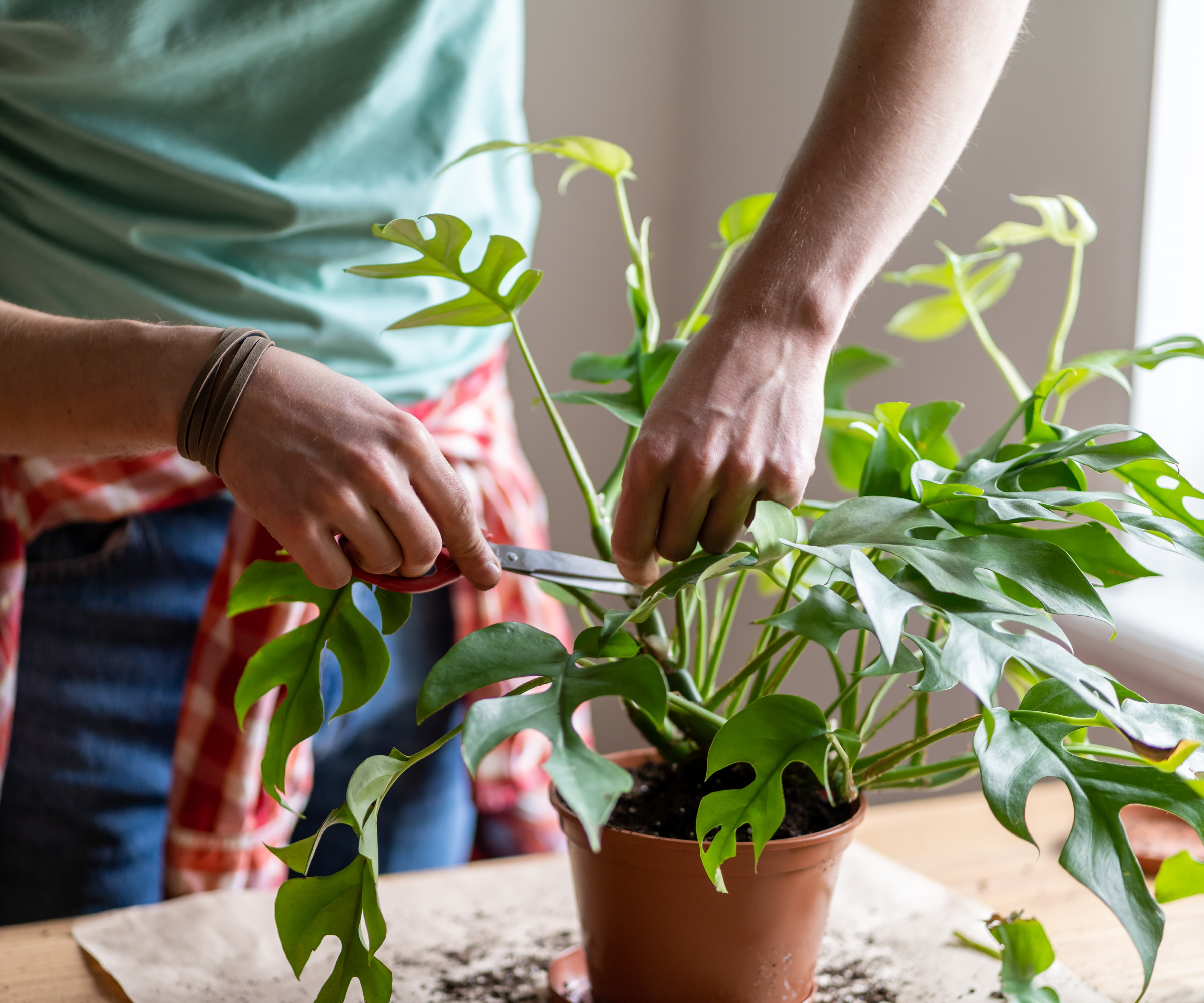
Pruning scissors or shears are essential for a plant care kit, like these micro-tip pruning shears from The Home Depot. Removing dead foliage helps promote the growth of plants, leading to fuller and healthier looks. When it comes to leaves discolored by the cold, it's important to remove them.
'If you notice cold damage, the instinct to cut and prune isn't wrong but you'll want to give the plant time. Wait until after the plant has been settled in its warmer spot for at least a month. Plants need time to regain their energy, and pruning can be exhausting for the plant,' says Cate.
Take care of which parts of the plant you remove. 'Prune away cold damaged tissues, unless it is a part of the main trunk,' says Dr Arnold. You will want to ensure the healthier parts of the plant are left to continue thriving while encouraging new growth by removing dead foliage.
Put it in a brighter position
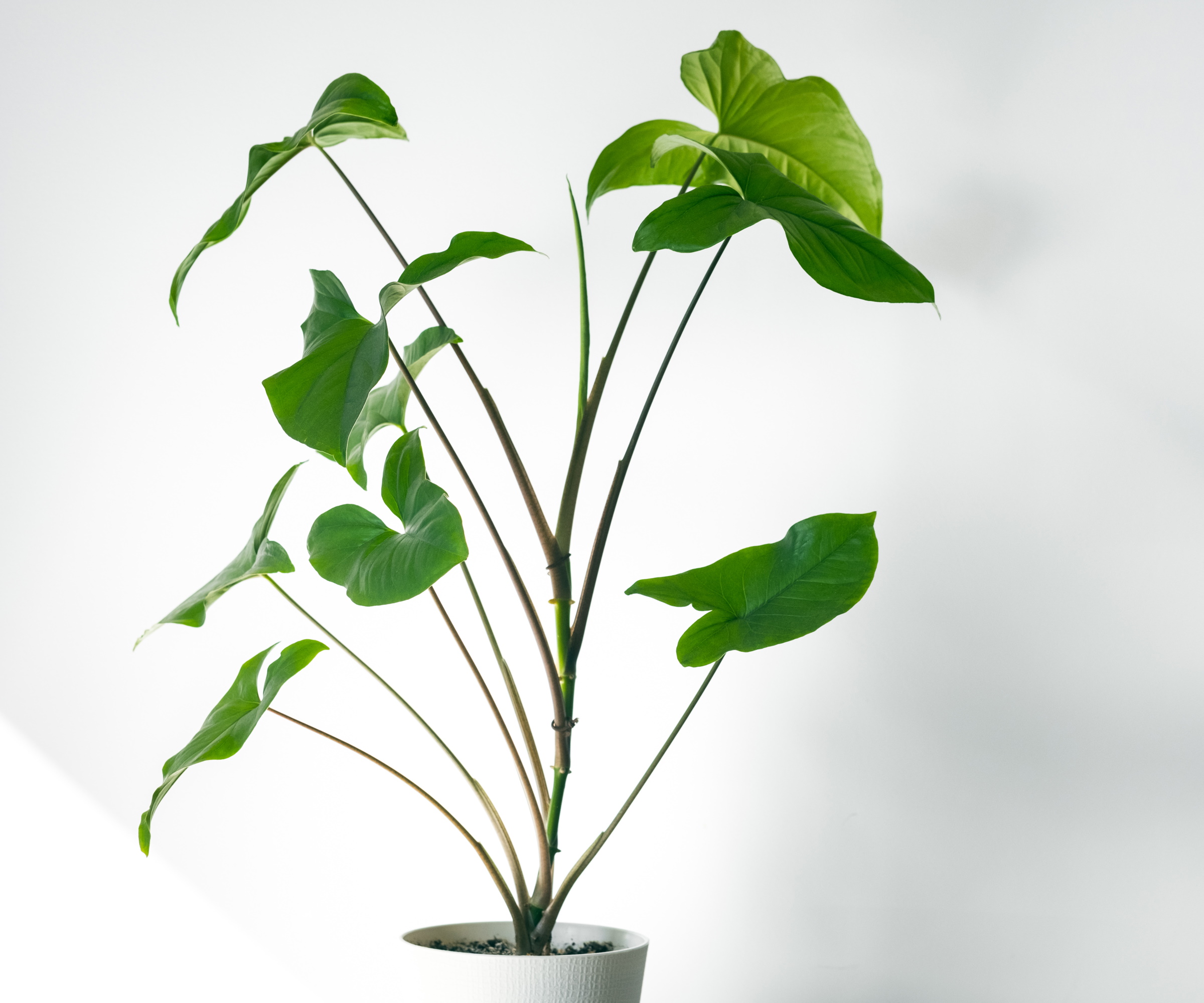
Plants need light for the process of photosynthesis to take place, which helps with growth and overall plant health. It can be hard in winter for plants to receive sufficient light as days tend to be gloomier, so it's key to move them to a brighter position.
'Provide supportive care, for example moving it to a greenhouse or an area with more natural light to encourage regrowth,' says Dr Arnold.
Just remember not to place them on chilly windowsills when trying to provide more light, because this may worsen the effects of cold damage.
'Once regrowth begins, you can also provide a light fertilization to fuel it,' Dr Arnold adds.
You can find specific fertilizers for different plants at garden centers and online, as well as multi-purpose ones like this liquid houseplant food from Perfect Plants.
FAQs
Should I water my cold houseplant?
When indoor plants are cold they may be retaining extra moisture in the soil but it is still important to water them. Although, you do have to take care not to overwater them as it could worsen the effects of cold and lead to root rot. It is recommended to reduce watering during winter to prevent a plant becoming waterlogged. You can check if your houseplant needs water by feeling if the soil is damp to touch.
When is it too late to save a cold houseplant?
While there are a handful of things you can do to help revive a houseplant showing signs of cold damage, sometimes it is unfortunately too late.
'Most plants are not hardy enough to withstand any kind of temperatures lower than 50°F,' says Cate Kowalsky, marketing manager at Pafe Plants. 'When a plant is damaged by freezing temperatures, they have been hit down to a cellular level. Water molecules in the plant freeze, expand and rupture. Unfortunately, there's no coming back from that,' she adds.
You will be able to tell if it is too late to save your plant if you tried moving it to a warmer position and pruning damaged foliage and it has not started showing signs of regrowth or continues to wilt.
It can be worrying when you notice cold damage on your houseplant, whether it's yellow leaves or a lack of growth, but there are a handful of ways you can help nurture it back to health. It's also a wise idea to keep on top of summer houseplant care because warmer weather can also have adverse impacts on your indoor plants if you aren't careful.







